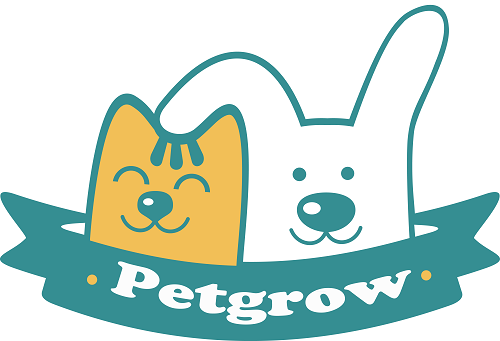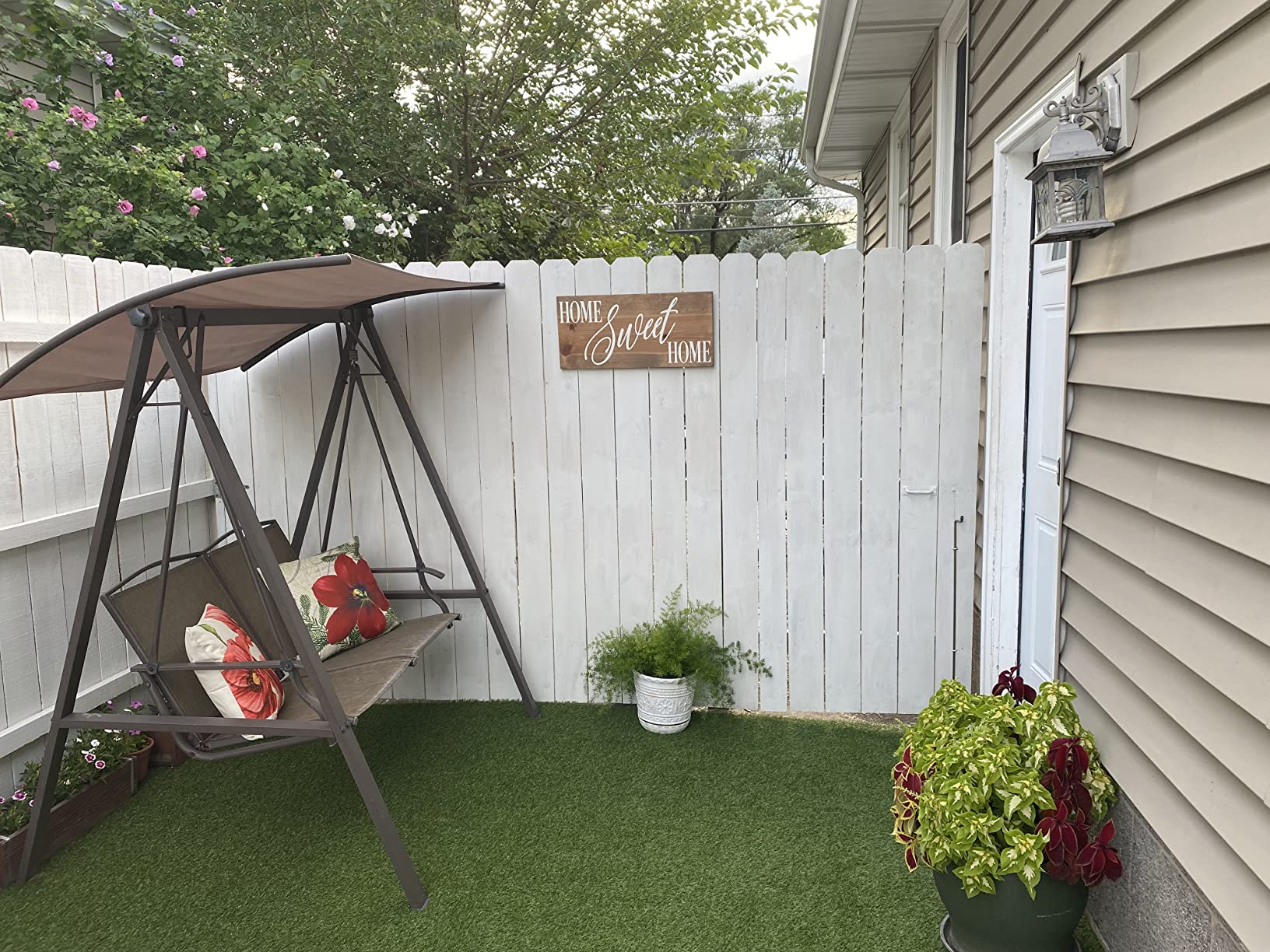Artificial turf has gained increasing popularity in modern society, prompting a reevaluation of its advantages and disadvantages compared to traditional natural grass lawns. While artificial turf showcases unique benefits in various aspects, it also presents challenges that cannot be ignored.
Advantages
Low Maintenance Costs:
One of the most significant advantages of artificial turf over natural grass is its low maintenance costs. Traditional lawns require frequent mowing, watering, and fertilizing, whereas artificial turf eliminates the need for these time-consuming and resource-intensive tasks. This not only provides a more convenient option for individual users but also delivers significant economic benefits in commercial settings.
Durability:
Artificial turf exhibits outstanding durability, maintaining its aesthetic appeal over an extended period under high-intensity usage. This makes it an ideal choice for golf courses, sports fields, and children's play areas. Its resistance to wear and tear reduces the need for repairs and replacements, resulting in lower overall maintenance costs.
Water Conservation:
Natural lawns consume substantial water resources during maintenance, and as water scarcity becomes increasingly prevalent in many regions, artificial turf emerges as a sustainable solution. With minimal water requirements, artificial turf contributes to significant water conservation while retaining its green appearance.
Adaptability to Diverse Environments:
Artificial turf performs well in various environments, unaffected by climate, seasons, or geographical conditions. This makes it an ideal choice for regions where natural grass struggles to grow or requires extensive maintenance, such as in high-temperature, cold, or arid areas.
Disadvantages:
High Initial Investment:
Despite long-term operational cost savings, the initial investment in artificial turf is relatively high. This includes installation costs and the purchase of high-quality artificial turf materials. This aspect may be a consideration for some individuals and organizations.
Limited Environmental Friendliness:
While artificial turf enhances environmental sustainability by reducing water usage, its manufacturing and disposal processes involve some environmentally unfriendly elements. Notably, artificial turf is often made from plastic, and the production and disposal of plastics have well-documented negative environmental impacts.
Lack of Authenticity:
Despite advancements in replicating the appearance of natural grass, artificial turf still struggles to fully simulate the feel of a real grass lawn. For some individuals, particularly in landscape design, this may be considered a disadvantage.
The advantages and disadvantages of artificial turf vary based on individual needs and application scenarios. By carefully considering factors such as cost, sustainability, and adaptability, individuals can make informed decisions on the most suitable type of turf for their purposes. While artificial turf is not a perfect solution, it provides a viable alternative that aligns with modern society's pursuit of convenience and sustainability.



Share:
Navigating the Greens: A Journey Through the Evolving Landscape of American Golf Culture
Premium Artificial Turf: Unveiling its Outstanding Waterproof Performance in Dealing with Rainy Seasons